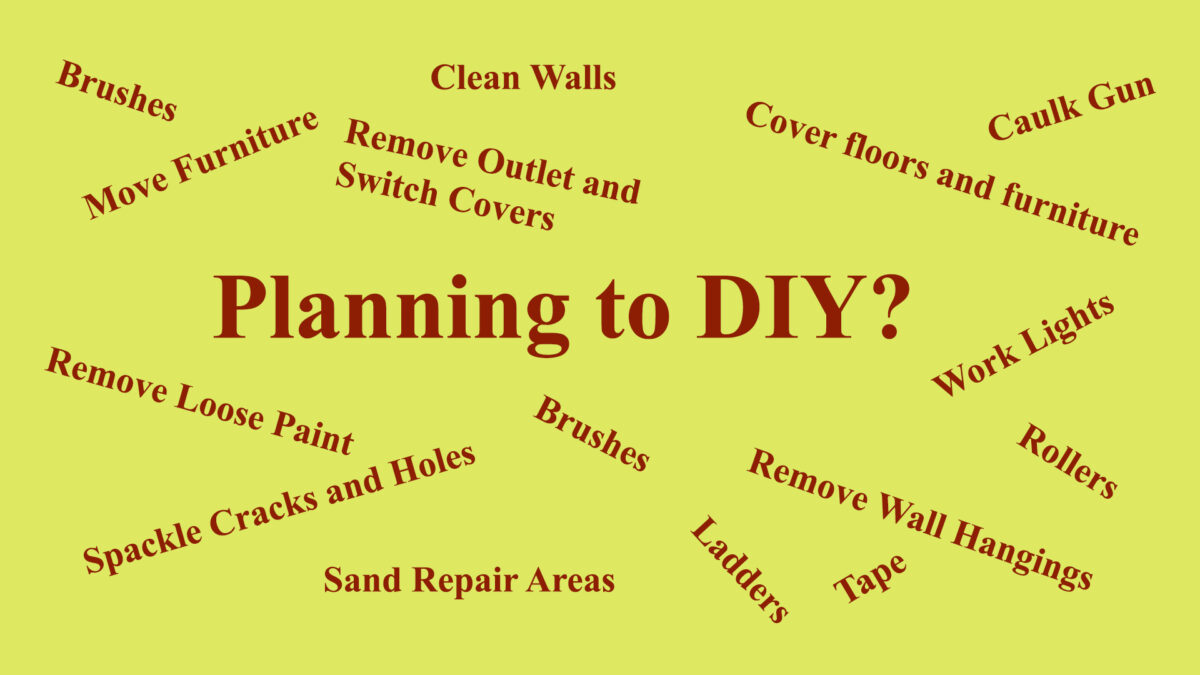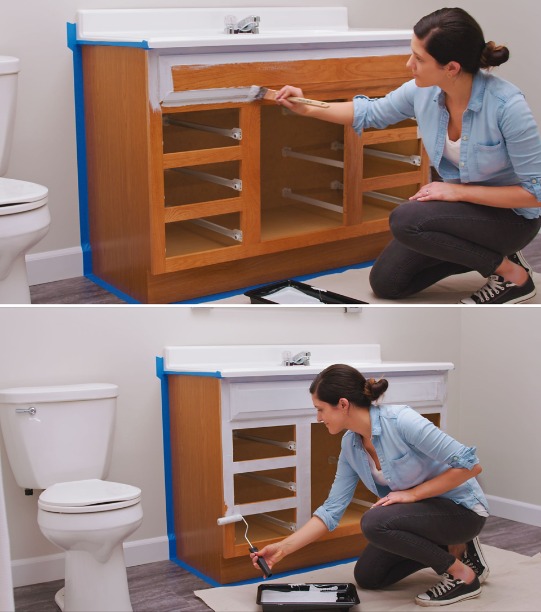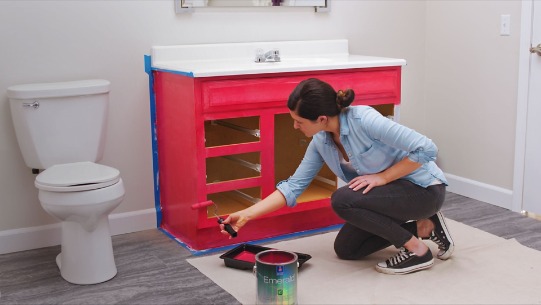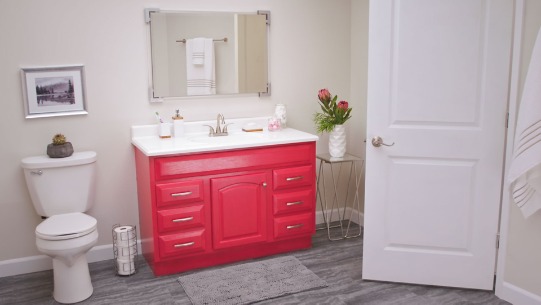To the casual observer, painting an interior room is simply a matter of dipping a brush or roller in paint and brushing/rolling it on. The reality is that a quality paint job involves a lot of preparation. If you are thinking about doing your own interior paint project, here are some of the steps involved:
1. Clear the Area
Furniture: Move all furniture out of the rooms to be painted. If moving them out isn’t possible, push them to the center of the room and cover them with plastic sheets or drop cloths. Wall Hangings: Take down pictures, mirrors, and other wall decorations. Store them safely in a different room.
2. Clean the Walls
Dust and Dirt: Wipe down the walls to remove dust and dirt. A clean surface helps the paint adhere better. Grease and Stains: Use a mild detergent to clean any greasy or stained areas, especially in kitchens and bathrooms.
3. Protect Fixtures and Floors
Outlet Covers and Light Switches: Remove cover plates from outlets and switches. Cover the exposed outlets with painter’s tape for protection. Floors: Lay down drop cloths or plastic sheets to protect floors from paint drips and spills. Secure them with painter’s tape to prevent them from shifting.
4. Address Repairs
Nail Holes and Cracks: Fill any nail holes, cracks, or dents with spackle or putty. Allow it to dry completely, then sand it smooth. Loose Wallpaper or Peeling Paint: Remove any loose wallpaper or peeling paint. Smooth the edges and sand the area to ensure a uniform surface.
5. Gather Supplies
Tools and Materials: Gather any tools or supplies you might need, such as ladders, tape, brushes, and rollers. Organize them in a convenient location. Lighting: Ensure the room has adequate lighting. If the room is dark, consider adding temporary lights so you can see your work clearly.
6. Confirm Paint Details
Confirm paint colors, coordinating colors and finish types.
7. Safety Considerations
Pets and Children: Keep pets and children out of the work area for their safety and to avoid interruptions. Ventilation: Ensure proper ventilation in the rooms being painted. Open windows or use fans to help with airflow and reduce paint fumes. Ladders: Falling is a serious hazard associated with ladder work and can result in injury or death.
Alternatively, you can call the Paint Doctor and we will take care of most of the steps listed above as normal part of our scope of work, 541-497-3804




